Fate and coincidence abound as we film iconic Collins scene
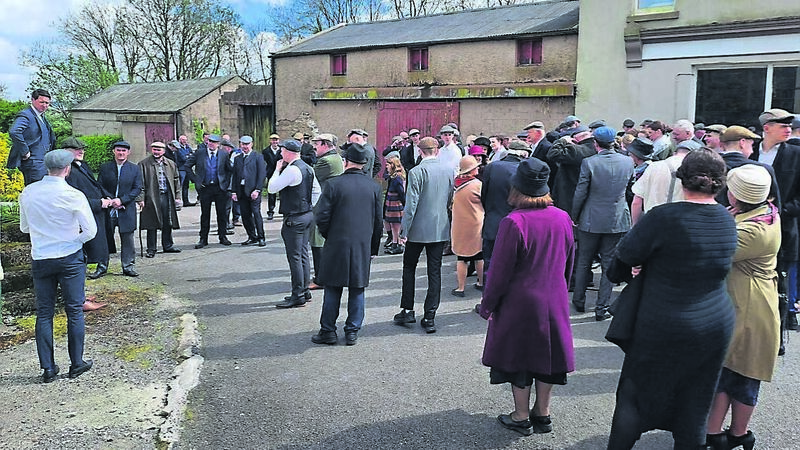
SOME call it chance and others coincidence - you know, when events or developments happen in a seemingly random manner, and then amazing links occur often in an unusual but positive way.
Like what happened me in Lourdes one year.
There I was in the Accueil (Hospital) one afternoon between ceremonies. A friend of mine said an elderly lady staying with us on the Cloyne Pilgrimage wanted to see me. The smiling, white-haired woman in her eighties asked me was I John Arnold. When I said I was, she bade me sit by her bedside.
She told me her name was Eileen Prendergast, a retired nurse, from Conna - just six miles from Bartlemy. She held my hands as she told me an amazing story.
In early September of 1961, she had been working in St Stephen’s Hospital, Sarsfield Court in Glanmire. She went on to tell me that on Thursday, September 7, she was on duty in the ward where my father Dan was a TB patient.
We both cried as we hugged each other. I live in Bartlemy and she in Conna, yet here we were meeting hundreds of miles away in Lourdes - was that by chance or was it serendipity?
Dada had planned a trip to Lourdes in 1962 but never got there. Mam went many, many times and I found her dead in her bed in 1996 - a few days after she returned from Lourdes.
Eily and myself became great friends, a friendship that lasted ’til her death a few years ago - I regularly visit her grave in Castlelyons.
Happenings like this can be dismissed as pure coincidence, and sure maybe so, but I look on such events differently. Doris Day had a grand song Que Sera, Sera, What Will Be, Will Be, and there’s no denying that, but I’m always amazed and intrigued by the way things happen and are linked in a most unusual fashion.
Take last Saturday, for example. With the past few months, members and friends of my GAA club, Bride Rovers, have been deeply involved in a huge fundraising campaign for Grounds Development in Rathcormac.
Four films were ‘shot’ on location in the last weekend of April. Last Saturday and Sunday the remaining three, The Field, Michael Collins, and Bridesmaids were finished. It’s been a huge community effort, and in essence it’s been like a two-month long carnival or festival.
On Saturday afternoon, Michael Collins was being filmed in and around Bartlemy Cross. Collins was born near Clonakilty in 1890. The following year, another Irish revolutionary leader, Diarmuid Hurley, was born near Kilbrittain. Two great West Corkmen who played key roles in the Irish War of Independence.
I’ve no record of any meetings between Collins and Hurley, but it’s almost certain that between 1918 and 1921 their paths would have crossed at some stage.
Collins worked in London and Hurley in Scotland. After a term in Belfast, Diarmuid took up employment in Midleton in 1918. He joined the Volunteers and, as well as being a Company Commander, he became Commander of the East Cork Active Service Unit - the Flying Column of the IRA.
He was with his Column in Clonmult in early 1921. He left their base in Garrylaurence on the morning of Sunday, February 20, 1921. Later that afternoon, the Column were surrounded and 12 Volunteers shot dead. Hurley was heartbroken and deeply traumatised.
Just three months later, Hurley was shot dead just outside Midleton when a joint patrol of RIC and Black and Tans spotted him. His body was taken to Kelly’s house in Carrigogna. It was here that a local woman, Lena Clohessy, recited the Rosary in Irish as she knelt by Diarmuid Hurley’s bloodied body.
Lena was the daughter of John Clohessy and his wife Mary Anne Russell - a relative of renowned 1798 pike-maker, Padraig Dubh Hegarty. Lena’s family name varies from Clohessy, Clahissey to Clohissy.
Since the 1700s, the family have been employed in the milling industry as spinners and weavers. They worked at the Bluebell (Bartlemy) Mill of Fieldings - later Quinlans - and also in Ballincurrig, Midleton, Blarney and Dripsey.
For many generations, the Clohessys have been buried in the hilltop cemetery of Gortroe in Bartlemy. The cemetery was in sight of Bluebell Mill, where the family toiled for decades. The oldest recorded date on their Gortroe headstone is May 6, 1735, when Denis Clahissy died.
So, last Saturday afternoon a large crowd was present at Bartlemy Cross as that famous Michael Collins rousing speech scene was being filmed. Collins implored the crowd to fight for Irish freedom and asked “If I am gone, who will take my place?” On Saturday we shouted with gusto “We will, we will” - and then ‘the RIC’ arrived and broke up the meeting.
A few ‘takes’ were all that was needed before the crowd moved down to Bartlemy Parish Hall for the next scene.
I had to leave the Cross around 4pm to make the short journey over to Gortroe cemetery for a funeral. As I drove down to Bluebell and up the hilly road to the cemetery, I thought of Collins and of Diarmuid Hurley too.

The funeral had just arrived from Midleton. It was the last journey for Pat Clohessy, coming ‘back home’ to his final resting place with his ancestors. Pat was a nephew of Lena who said the prayers for the murdered Hurley in 1921.
I got to know Pat about 20 years ago and he was so proud of his family connections with this area and always said when his time came, Gortroe was where he’d be laid to rest. We gave him a good send off.
That was last Saturday, May 6, 2023 - exactly 288 years to the very day since Denis Clahissy had died - a coincidence or fate or what?
I bade farewell to Pat’s family and headed back to Bartlemy. The filming of Michael Collins was still going on in the Hall. The scene being ‘shot’ was the bitter, divisive Dail debate on the Treaty.
Yes, Saturday was a day I’ll never forget, and Michael, Diarmuid, Lena and Pat are still in my thoughts and prayers.
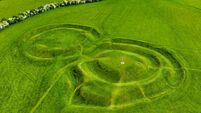
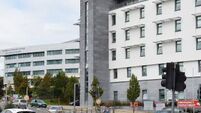

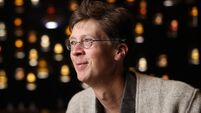
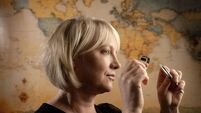


 App?
App?




